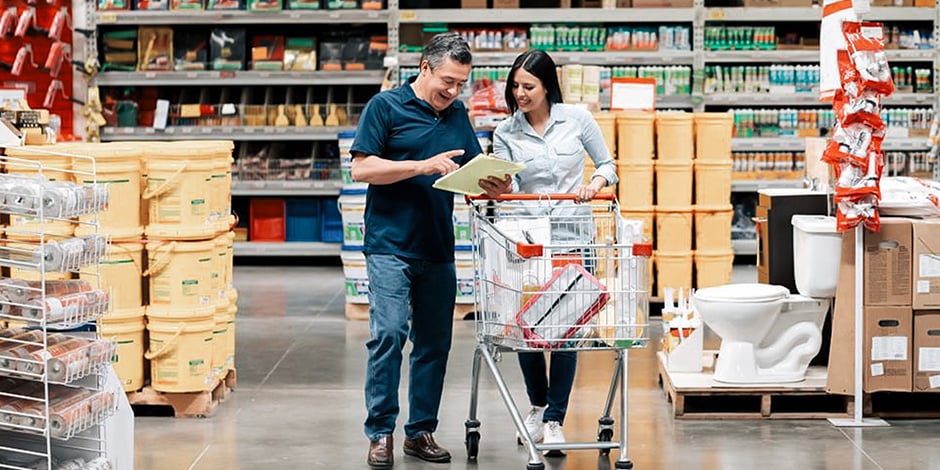A recent headline out of Fort Worth, Texas hints at how warehouse club merchants (Costco, Sam’s Club, and BJ’s) hope to capitalize on three back-to-back years of robust growth in the sector, fueled by the pandemic surge in food prices.
“Is Costco rival BJ’s Wholesale Club moving into North Texas?” That was the somewhat incredulous-sounding headline in a recent edition of the Fort Worth Star-Telegram. And it wasn’t a company announcement, just the discovery of a permit application for a grading permit on an empty lot.
The key detail is that BJ’s stores (239 in 20 states) are concentrated along the Eastern Seaboard and the South. BJ’s has never had a store in Texas. According to the report, Costco has 39 stores in Texas, and Sam’s Club has 82 locations.
The news is hardly a harbinger of a showdown.
BJ’s is the smallest of the three leaders by a wide margin—the company booked sales last year of almost $20 billion; Sam’s Club (owned by Walmart) took in $84 billion; and Costco rang up almost $238 billion.
The warehouse club sector has clocked double-digit growth since 2021, outperforming traditional grocers as consumers, 60 percent of whom say they are living paycheck-to-paycheck, grapple with higher food prices and persistent inflation fears.
So BJ’s is on the move.
The company has announced plans to open a dozen new stores this year and a spokesperson told the newspaper by email, “Our real estate pipeline is the strongest it’s been in years.” Translation: there is an abundance of available, affordable retail real estate.
But so are the other guys on the move. Costco is planning some two dozen new stores in 2023, including fifteen in the US, and expects to continue the pace over the next decade, according to industry news outlet Produce Blueprints.
Significantly, Sam’s Club—which hasn’t opened a new store in ten years—is reportedly aiming to open 30 new locations over the next five years.
The story behind the story: Consumers are no longer shocked by inflation, they expect it to continue and they are voting with their spend.
All three companies have seen higher foot traffic than before the pandemic, according to data from Placer.ai. Costco’s July 2023 monthly visits were 16.4 percent higher than in July 2019; BJ’s were 11 percent higher; and Sam’s Club saw a nearly 15 percent rise.
What this means for the traditional grocery market is a tough challenge—how to hold on to the customers they have without killing margins, and how to compete with warehouse clubs for new customers.
The answer will invariably come down to listening to what customers want, and figuring out how to undercut the clubs’ price advantages while exploiting their disadvantages. It is about Customer Strategy. Understanding the competitive landscape, how you fit in it, what the consumer thinks of it and what they think of you. You then can build a plan on how to address it and test it out and learn from it and do it again…in an agile, fast learning approach. It requires data, experience and knowledge. Very few people in the industry have this experience set. Partnerships are the best approach to learning this information.
Building out fleets may address a frequent shopper comment that the nearest club is too far to make the trip worthwhile, but understanding how and why customer’s want to be serve is far more complex. How to compete with these growing giants represents an even greater risk and challenge with a ticking clock.














